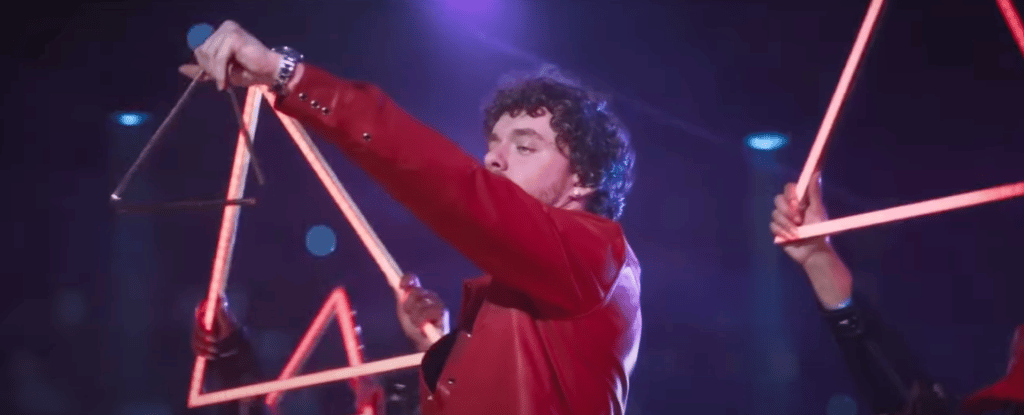
When you blog about advertising, it’s pretty much obligatory to post something about the Super Bowl ads following the game.
Unfortunately, the vast majority of non-movie-trailer ads were cringe, IMO.
The standouts were the ads for:
- Crown Royal
- Pepsi Zero Sugar
- and Doritos
And of the three, the Doritos ad featuring Jack Harlow and Elton John is perhaps the most instructive.
If you have seen it, you can watch it here:
So, if you’re a sane person, and not an advertising geek, you might wonder:
Why would Doritos pay an estimated $12 million for 60-seconds of Super Bowl advertising to waste, like, 55 seconds NOT showing the product?
And the answer is Brand Codes.
For example, you have absolutely no doubt what kind of chips are in these bags:
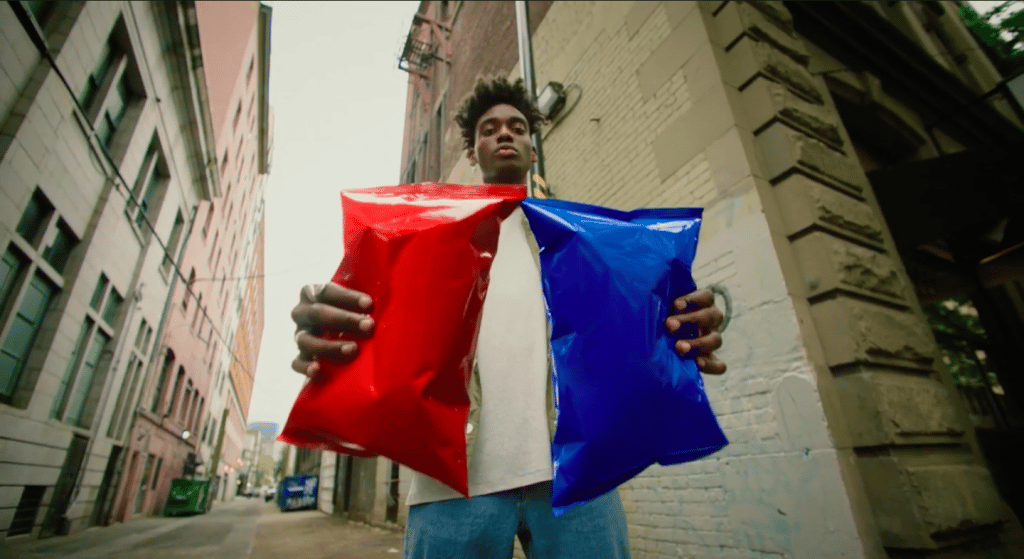
You even know what flavor of Doritos belongs in the blue bag.
 Just like you know what soft drink comes in the bottle off to the right.
Just like you know what soft drink comes in the bottle off to the right.
The purpose of brand codes — especially visual brand codes — is to make the brand visually distinct. In fact, brand codes are also called “Distinctive Brand Assets.”
The idea is that you can recognize the brand in an instant, without even having to read the name.
If you want to get a sense of a brand’s visual codes, just google the brand name and search on images.
You can even compare brands within the same category. For example, here’s Dunkin’ Donuts compared to Starbucks
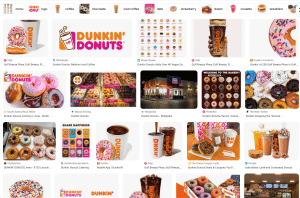
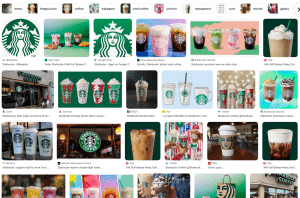
So here’s what I got when I googled Doritos:
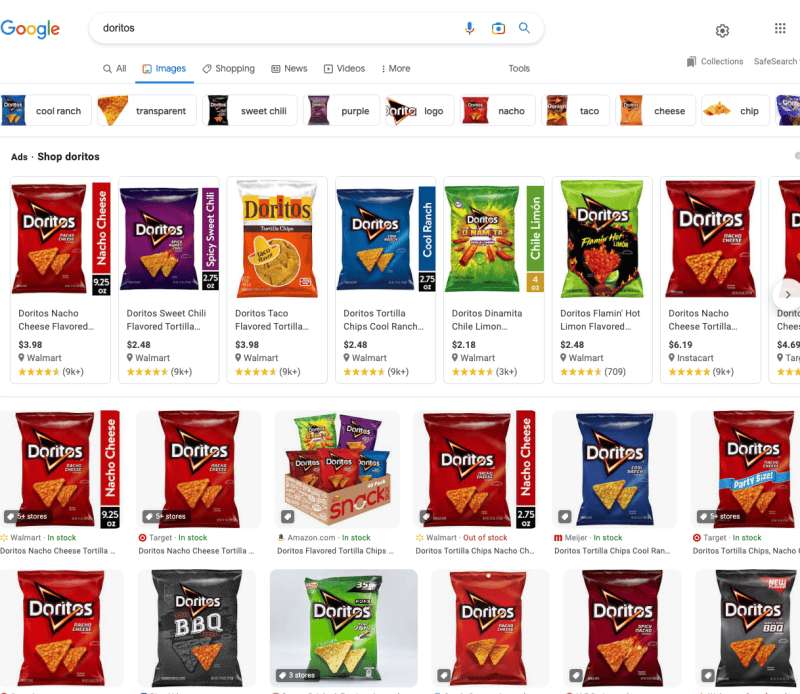
Notice that the primary brand code is the unique triangular shape, which is not only in the logo, but is quite literally baked into the product itself.
Other chips and crackers are oval or round or square or whatever. But Doritos are triangles.
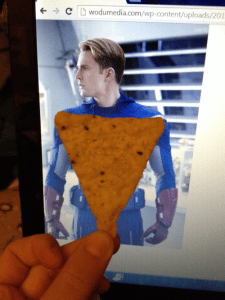 Hell, “Dorito Bod” has even become slang for a male physique featuring an inverted triangle silhouette.
Hell, “Dorito Bod” has even become slang for a male physique featuring an inverted triangle silhouette.
So that Dorito ad that featured about 50+ seconds of triangles and only 5 seconds of actual Doritos was meant to enhance and strengthen your association between the shape and the brand.
Because playing with brand codes (after they’ve been established) is psychologically powerful persuasion.
P.S. If you’re wondering why it makes sense to pay $6-7 million for one 30-second ad placement, you’ll find the answer here and here
- What Digital Superstars Know About Offline Advertising - November 17, 2025
- Unmistakable: A Tale of Two Boots and Branding Done Right - November 8, 2025
- Making the Branding Math *Math* with Broadcast Radio - October 30, 2025
